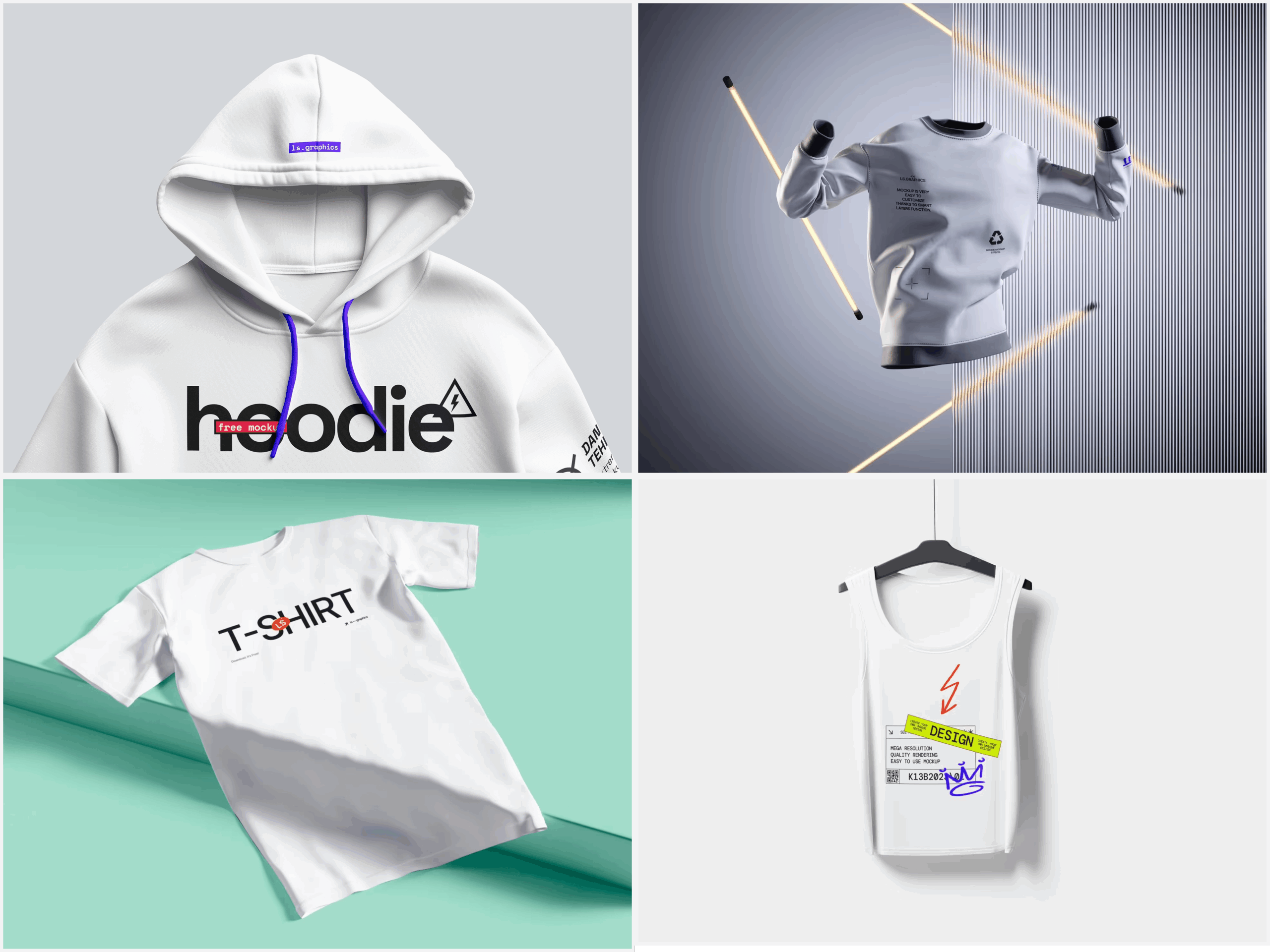
In the fast-paced world of fashion, designers are increasingly embracing eco-conscious practices. One powerful tool helping sustainable brands reduce waste is the use of apparel mockups. These digital representations of clothing allow designers to visualize, test, and refine designs without producing excess physical samples, aligning creativity with environmental responsibility.
The Role of Apparel Mockups in Sustainable Fashion
Traditional fashion prototyping often generates significant textile waste. Multiple physical samples are created to perfect a design, resulting in leftover fabrics and unnecessary energy consumption. Apparel mockups provide a digital alternative:
- Designers can experiment with colors, patterns, and textures virtually.
- Product variations can be tested without cutting a single piece of fabric.
- Teams can collaborate and gather feedback online, minimizing shipping and sample production.
By adopting this approach, brands not only save materials but also reduce carbon footprints, supporting zero-waste initiatives from the design stage onward.
High-Quality Mockups on ls.graphics
For designers seeking efficiency and precision, ls.graphics offers a vast library of high-quality apparel mockups. These mockups are designed to be both realistic and versatile, making it easy to visualize different styles and fabrics. Key advantages include:
- Ease of use: Drag-and-drop functionality simplifies the design process.
- Professional realism: Detailed textures, shadows, and folds ensure a lifelike representation.
- Variety: Options include t-shirts, hoodies, jackets, and more, suitable for various fashion lines.
For instance, a designer launching a sustainable streetwear line can use ls.graphics mockups to showcase limited-edition t-shirts online before producing a single garment. This ensures the design resonates with the audience while preventing material waste.
Real-World Applications of Apparel Mockups
Several fashion brands have already leveraged digital mockups to boost sustainability:
- Upcycled Clothing Lines: Designers use mockups to test patchwork and recycled fabric combinations before sewing, preventing trial-and-error waste.
- Custom Print Tees: Online platforms allow customers to visualize prints on virtual t-shirts, reducing returns and discarded products.
- Seasonal Collections: High-quality mockups enable pre-collection previews, guiding production quantities more accurately and avoiding surplus inventory.
These examples highlight how digital mockups integrate seamlessly into eco-conscious strategies while maintaining a strong visual appeal for marketing purposes.
Benefits Beyond Sustainability
While the environmental impact is critical, apparel mockups also offer numerous advantages for designers. They enable faster iteration cycles by removing the need to wait for physical samples, allowing creative adjustments in real time. Mockups also enhance marketing assets, providing polished visuals for e-commerce stores and social media campaigns. Additionally, they reduce costs by eliminating the need for multiple prototypes, letting designers focus resources on perfecting final products. By merging efficiency with creativity, digital mockups help maintain both aesthetic quality and operational effectiveness.
Conclusion: Digital Design as a Path to Zero-Waste Fashion
The fashion industry’s shift toward eco-conscious design is more than a trend—it is a necessity. Apparel mockups provide designers with a powerful tool to reduce waste, experiment efficiently, and create visually compelling products without compromising the planet. Websites like ls.graphics offer easy-to-use, high-quality mockups that facilitate this shift, making sustainable fashion more accessible and impactful.
By embracing virtual prototyping, brands can not only save resources but also communicate their commitment to a greener future—demonstrating that innovation and sustainability can coexist beautifully in every garment created.






